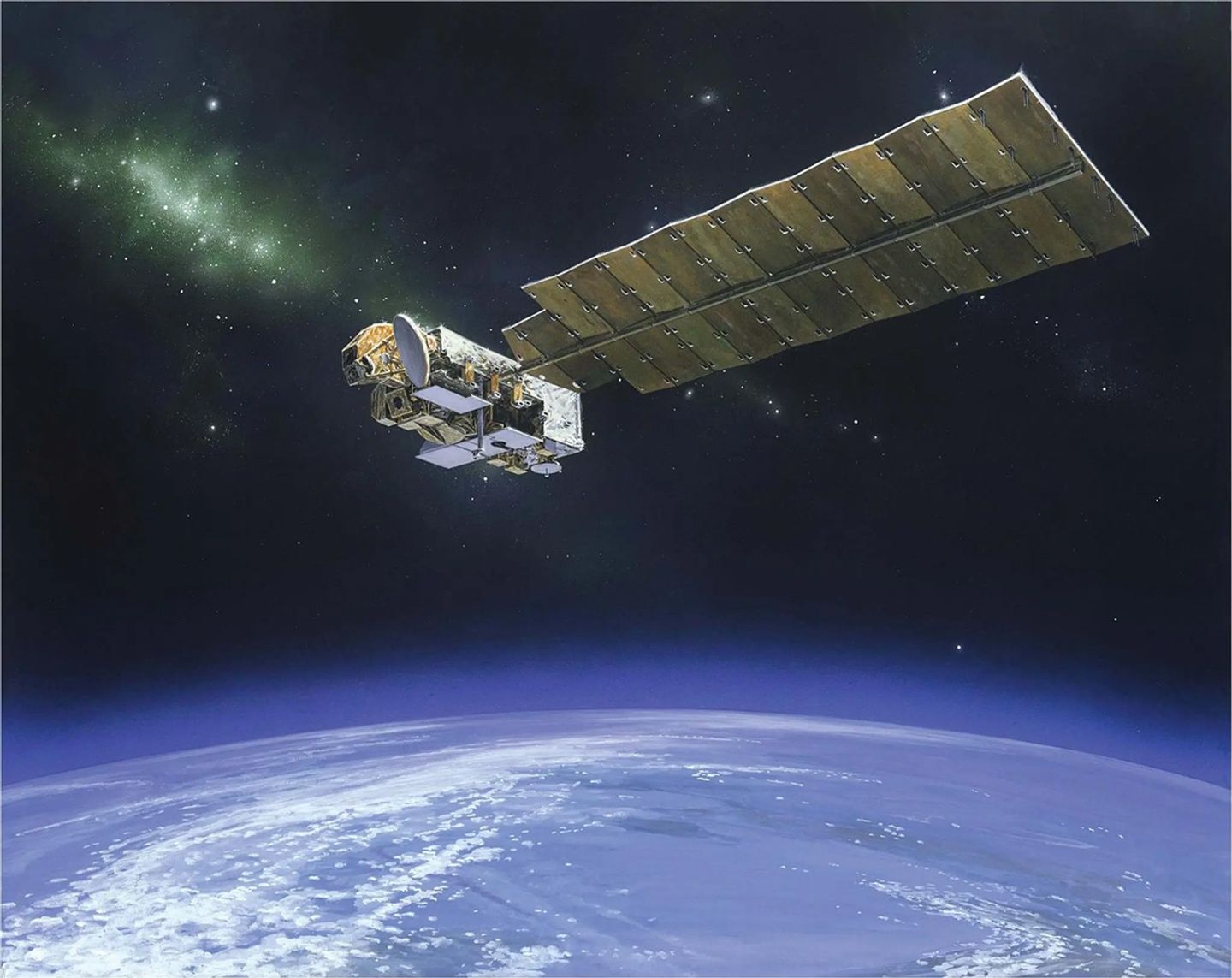Continuous Measurement of Hydrochloric Acid in Stratosphere
The continuous measurement of hydrochloric acid (HCl) in the stratosphere shows the rapid recovery of this major chlorine reservoir after polar ozone loss, and continues the long-term measurements from UARS Halogen Occultation Experiment (HALOE).
When chlorofluorocarbons (CFC's) are photolyzed, the chlorine mostly goes to form HCl. Thus monitoring HCl tells us about ozone loss processes and the recovery of the ozone layer. The top slide shows how HCl is converted into ozone destroying ClO (also measured by Aura's Microwave Limb Sounder (MLS) during the polar winter. In the Antarctic ozone hole, once ozone is gone, the free chlorine reacts with methane rapidly forming hydrocarbon (HC). In the northern winter, not all the ozone is destroyed so the recovery to HCl is not as rapid, both HCll and Chlorine nitrate (ClONO2) form.
Chlorofluorocarbons were banned in the 1980's so the chlorine input to the stratosphere has decreased. The lower graph shows the slow decrease in HCl with time as chlorine is leaving the stratosphere.
First continuous view of chlorine partitioning through polar winter
- MLS simultaneously measures reservoir (HCl) and active (ClO) chlorine
Decrease in upper atmospheric HCl
- MLS global data are consistent with rate at which anthropogenic chlorine is expected to be cleansed from stratosphere
- Pre-CFC values of HCl are <2 ppbv
- Stratospheric 'cleansing' will take ~50 years
6.28.2006
MLS
Aura’s Microwave Limb Sounder (MLS) instrument uses microwave emission to measure stratospheric temperature and upper tropospheric constituents. MLS also has unique capability to measure upper tropospheric water vapor in the…
Learn More




























